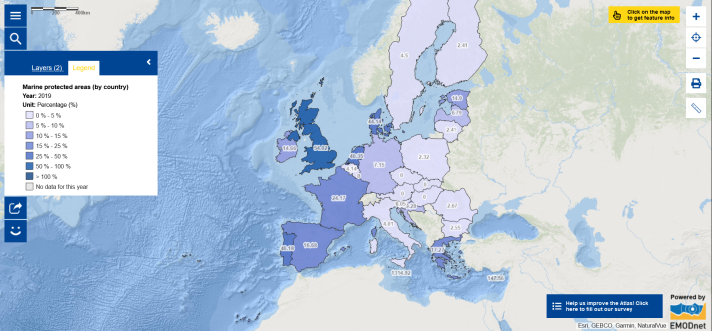On 17 June 2024, the European Council formally adopted the Nature Restoration Law. This law aims to put measures in place to restore at least 20% of the European Union’s land and sea areas by 2030, and all ecosystems in need of restoration by 2050. It sets specific, legally binding targets and obligations for nature restoration in each of the listed ecosystems – from terrestrial to marine, freshwater and urban ecosystems. The regulation aims to mitigate climate change and the effects of natural disasters. It will help the European Union to fulfil its international environmental commitments, in particular the Kunming-Montréal Global Biodiversity Framework agreed at the 2022 UN Biodiversity Conference (COP15), and to restore European nature.Under the new rules, member states must plan ahead and submit national restoration plans to the European Commission, showing how they will deliver on the targets. They must also monitor and report on their progress, based on European Union wide biodiversity indicators. [1]
During the same meeting, the Council formally adopted a decision on the conclusion, on behalf of the European Union, of the Agreement, under the United Nations Convention on the Law of the Sea, on the conservation and sustainable use of marine biological diversity of areas beyond national jurisdiction (BBNJ agreement), also known as the High Seas Treaty. [2] The treaty will provide for shared governance over approximately half of the Earth’s surface and 95% of the ocean’s volume. It will allow for the establishment of marine protected areas on the high seas, safeguarding the ocean from human pressures in a major contribution to addressing climate change, protecting biodiversity and achieving the objective to protect at least 30% of the planet by 2030. [3] The BBNJ agreement will enter into force 120 days after 60 countries or organisations have deposited their instrument of ratification, approval, acceptance or accession. [2]
Did you know that the European Atlas of the Seas includes a map layer on marine protected areas (MPAs)? Explore the Map of the Week to see the ratio of MPA and terrestrial area for each European country and click on the countries to see how this has evolved over the past years. MPAs have been set up across the world’s ocean to protect vulnerable species and ecosystems, to conserve biodiversity and minimise extinction risk, to re-establish ecosystem integrity, to segregate uses to avoid user conflicts, and to enhance the productivity of fish and marine invertebrate populations. They provide a public focus for marine conservation and are commonly used around the world as management tools to promote the sustainable use of marine resources. Many MPAs also serve as living laboratories – critical to scientific research and discoveries that benefit humanity. When effectively managed, MPAs support the blue economy by helping to sustain fish stocks and bolstering tourism.
Wish to know more?
- Read background information from the European Council on nature restoration;
- Learn about the United Nations Decade on Ecosystem Restoration;
- Have a look at the UNESCO State of the Ocean Report 2024;
- Find out about marine habitat mapping with the European Marine Board’s recent Future Science Brief;
- Discover the project ‘Reforesting the sea: conservation and restoration of “blue forests” in the Sado Estuary’(Portugal), one of the winners of the 2024 Natura 2000 Awards.
The data in this map are provided by Eurostat.
[3] https://oceans-and-fisheries.ec.europa.eu/news/eu-ready-ratify-high-seas-treaty-2024-06-17_en

